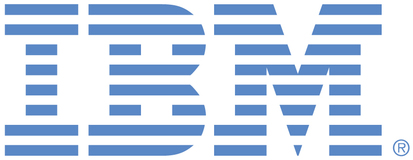
This portal is to open public enhancement requests for IBM Sterling products and services. To view all of your ideas submitted to IBM, create and manage groups of Ideas, or create an idea explicitly set to be either visible by all (public) or visible only to you and IBM (private), use the IBM Unified Ideas Portal (https://ideas.ibm.com).
Shape the future of IBM!
We invite you to shape the future of IBM, including product roadmaps, by submitting ideas that matter to you the most. Here's how it works:
Search existing ideas
Start by searching and reviewing ideas and requests to enhance a product or service. Take a look at ideas others have posted, and add a comment, vote, or subscribe to updates on them if they matter to you. If you can't find what you are looking for,
Post your ideas
Post an idea.
Get feedback from the IBM team and other customers to refine your idea.
Follow the idea through the IBM Ideas process.
Specific links you will want to bookmark for future use
Welcome to the IBM Ideas Portal (https://www.ibm.com/ideas) - Use this site to find out additional information and details about the IBM Ideas process and statuses.
IBM Unified Ideas Portal (https://ideas.ibm.com) - Use this site to view all of your ideas, create new ideas for any IBM product, or search for ideas across all of IBM.
ideasibm@us.ibm.com - Use this email to suggest enhancements to the Ideas process or request help from IBM for submitting your Ideas.

Thank you for taking the time to provide your ideas to IBM. We truly value our relationship with you and appreciate your willingness to share details about your experience, your recommendations, and ideas.
IBM has evaluated the request and has determined that it cannot be implemented at this time or does not align with our current strategy or roadmap. We do have alternatives to this use case in the product today:
Use CLA2 adapter to connect to a Windows host that can access shared folders: https://www.ibm.com/docs/en/b2b-integrator/6.2.0?topic=impacts-cla2-background
We have a blog post that mentions SMB (See bottom of the article after the generic CLA2 setup). Blog is container specific but the portion at the bottom touches on your use case for SMB. https://community.ibm.com/community/user/dataexchange/blogs/nikesh-midha3/2024/02/01/setting-up?CommunityKey=de289f68-d664-45ae-b718-baf57628fc8c
Use SharePoint client adapter in 6.2.0.1 that can natively access Sharepoint functionality in B2Bi: https://www.ibm.com/docs/en/b2b-integrator/6.2.0?topic=z-sharepoint-client-adapter
Thank you for bringing your ideas to us. If you have any additional feedback, thoughts or ideas, or if there is anything else I can do, please do not hesitate to reply to this message to continue the conversation.